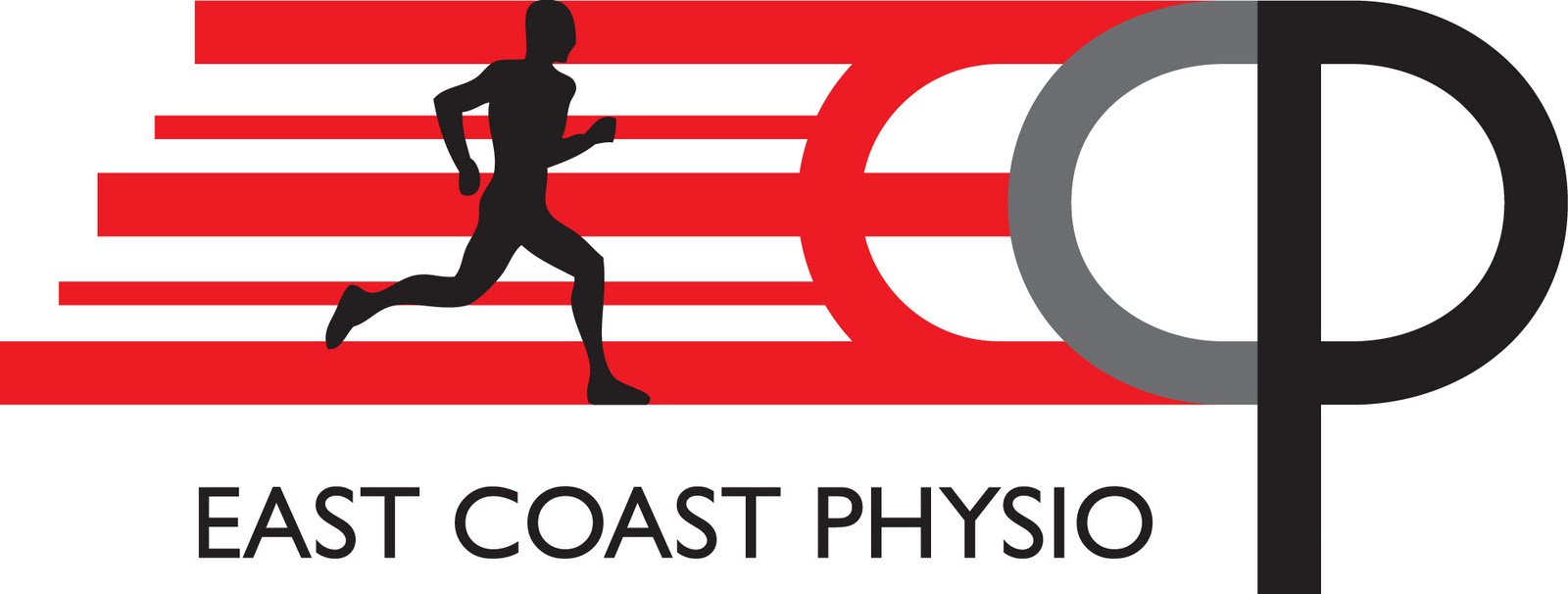Firstly ‘growing pains’ are an actual real thing. During growth phases, bone lengthens before muscles and tendons are able to stretch correspondingly and before the muscle and tendon meeting point (musculotendinous complex) develops the necessary strength and coordination to control the newly lengthened bone. This may lead to muscle and tendon injuries. Growth temporarily reduces coordination and this manifests as awkwardness in movement patterns while playing sport.
One of the most commonly presenting children’s’ ‘growing pains’ to our clinic is anterior knee pain which tends to be Osgood-Schlatter’s Disease. This is pain on the front and bottom of the knee cap. It occurs during the time of a growth spurt. It is usually associated with a high level of physical activity, especially in sports involving running and jumping, such as gaelic football, gymnastics or dance. It is usually tender on the tibial tuberosity (this is the prominence of the top of the shin bone, just under the knee cap). There may be also tightness of the surrounding muscles, especially the quadriceps muscle (thigh muscle). The diagnosis of this condition is clinical and x rays are not usually required.
Osgood-Schlatter’s lesion is a self limiting condition that settles as growth finishes. The long term effects may be a bony prominence at the top of the shin bone. Children and parents need to understand the nature of the condition as symptoms may persist for up to two years.
Management of this condition requires activity modification. While there is no research that rest accelerates the healing process, a reduction in activity will reduce the pain. As this condition occurs in children with a high level of activity, it can help to reduce some of the activities they are involved in. There is no need to rest completely. Pain should be the main guide as to the limitation of activity.
Symptomatic management includes applying ice to the region, especially when hot and swollen. Tightness of the quadriceps muscle may predispose to this condition. Therefore a stretching programme and some soft tissue therapy will be helpful. Correction of any biomechanical abnormalities (flat feet) is necessary. Neither injection of corticosteroid or surgery is required.

No comments:
Post a Comment